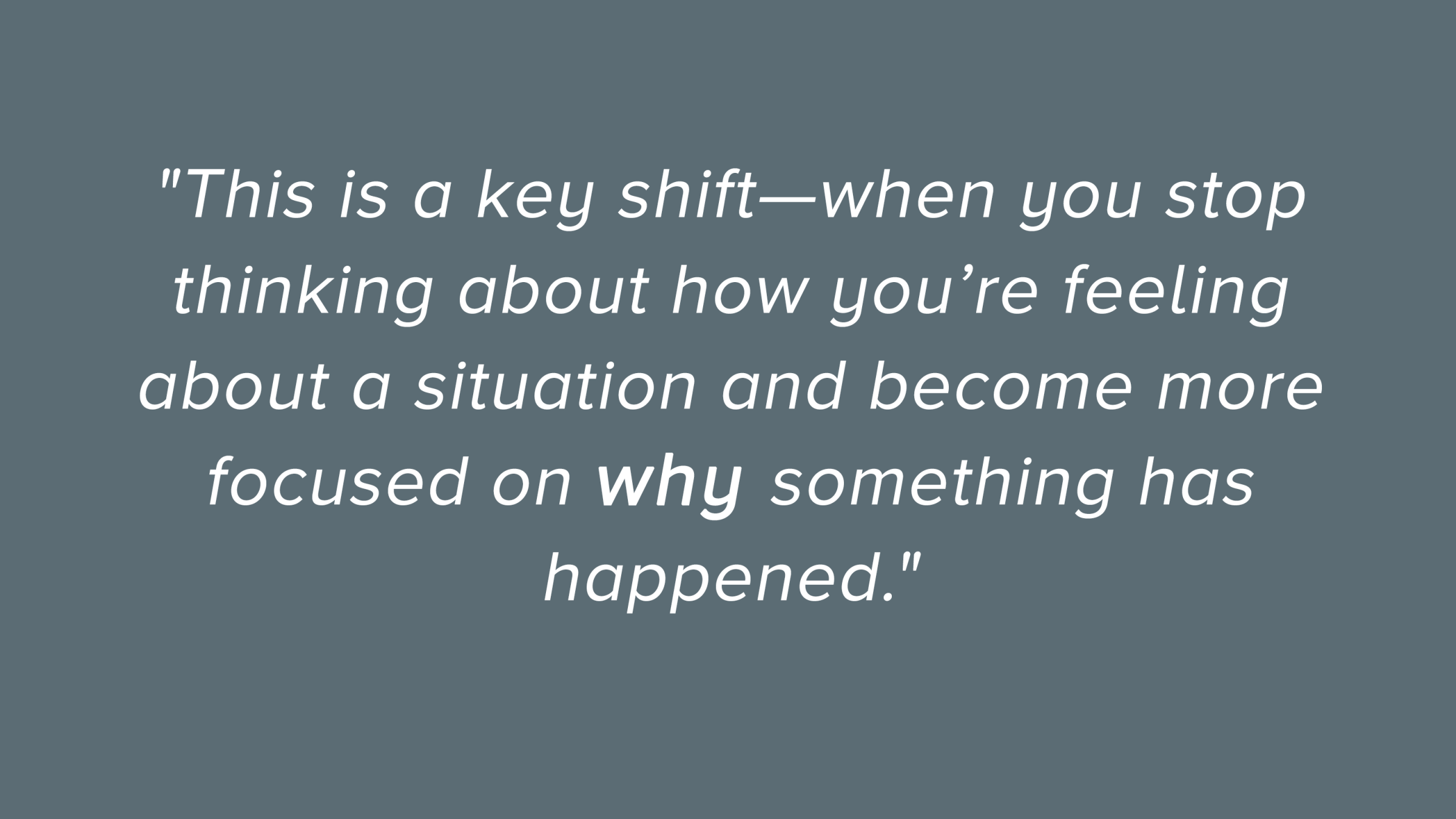In the dozen years I’d known her, I’d never heard Monica so distraught. Choking on her words, my mentee confessed that she was flunking out of college.
I was floored.
Monica is a vibrant go-getter, a young woman who shines with purpose. And she’s no slouch, academically. In fact, she’s brilliant. She was in her first semester of nursing school, but that B.S. would be her second degree. Monica already had a B.A. from The University of California, Los Angeles.
Monica reluctantly explained the situation: One of her professors constantly said that any student struggling in his class should quit the program, that they’d never make it through school or in the nursing profession. From then on, with every assignment, Monica felt as if her entire career was at stake. She’d freeze during a quiz, then get a poor grade. Because she was so panicked, she did even worse on the next assignment. And the next. Her dreams of becoming a nurse were spiraling out of control faster than her grades.
That was the real problem. She hadn’t figured out how to come back from the first setback. And with every successive misstep, the next failure seemed more inevitable. Which made everything scarier and out of control.
To succeed, Monica realized she would have to change her mental approach. Budding medical professional that she was, she decided she should diagnose the situation, just as if a patient had walked into a clinic with a problem.
Read more: ‘How I Ended My Toxic Relationship With Stress’
This is a key shift—when you stop thinking about how you’re feeling about a situation and become more focused on why something has happened. In a 2015 study of Olympic Gold Medalists, British researchers discovered that the champions overcame prior losses by setting aside their emotions and adopting an almost third-person perspective about their failures. They focused on figuring out why and how they’d made errors. They broke events into pieces, analyzing and problem solving until they were sure they’d never again make that same mistake. And then they subsequently carried this problem-solving mentality all the way to the medal stand.
When Monica looked at her situation from this outside perspective, her diagnosis was that she was in a threat state—she believed she didn’t have the skills, resources, talent or ability necessary to succeed.

While Po Bronson and I researched the book we wrote together, Top Dog: The Science of Winning and Losing, we learned that the threat state has both psychological and physiological consequences. According to research by University of California, San Francisco psychology professor Wendy Berry Mendes and colleagues, the threat state impairs working memory and triggers negative moods. It hinders problem solving and decision-making. It elevates blood pressure and increases cortisol.
Read more: Why You Should Wait Five Minutes Before You React
By contrast, in a challenge state, you do believe you have the skills and resources necessary to reach your goal. And psychology and physiology then join forces to get you there. You have better heart-rate variability, increased oxygenation of blood, more testosterone and adrenaline. As a result, you have improved decision-making skills, better focus and faster reaction times. You’re more resilient and less disappointed by setbacks.
Obviously, the challenge state is where you want to be. So you have two options: You can get the necessary skills and knowledge to reach your current goal, or you can change the goal to something at which you have a real shot at success. Once you’ve accomplished that, you can always pick a new goal with the bar a bit higher.
Monica realized her original goal—constantly proving she deserved to be in her program—was unsustainable. So she set a new goal: “Each day, I will work as hard as I can to learn as much as I can.”
Suddenly, she wasn’t in a threat state. The dreadful professor’s assignments weren’t a daily chance to fail. They were an opportunity to show him just how much she’d learned and grown. It was a challenge she was eager to take on.
And if she got a bad grade, it wasn’t proof she should quit. Instead, it was only an indicator of where she had more learning to do.
If your goal is to learn, you can always succeed. Because everything is an opportunity to learn and grow—including the occasional disaster. (Sometimes, that’s when you learn the most.)
The best way to move on from a failure is to learn from it.
By the end of the next semester, Monica was at the top of her class.
She’s now working in a hospital, and she’ll graduate with honors in December.
Ashley Merryman is the coauthor of NurtureShock: New Thinking About Children and Top Dog: The Science of Winning and Losing .
More Must-Reads From TIME
- The 100 Most Influential People of 2024
- Coco Gauff Is Playing for Herself Now
- Scenes From Pro-Palestinian Encampments Across U.S. Universities
- 6 Compliments That Land Every Time
- If You're Dating Right Now , You're Brave: Column
- The AI That Could Heal a Divided Internet
- Fallout Is a Brilliant Model for the Future of Video Game Adaptations
- Want Weekly Recs on What to Watch, Read, and More? Sign Up for Worth Your Time
Contact us at letters@time.com